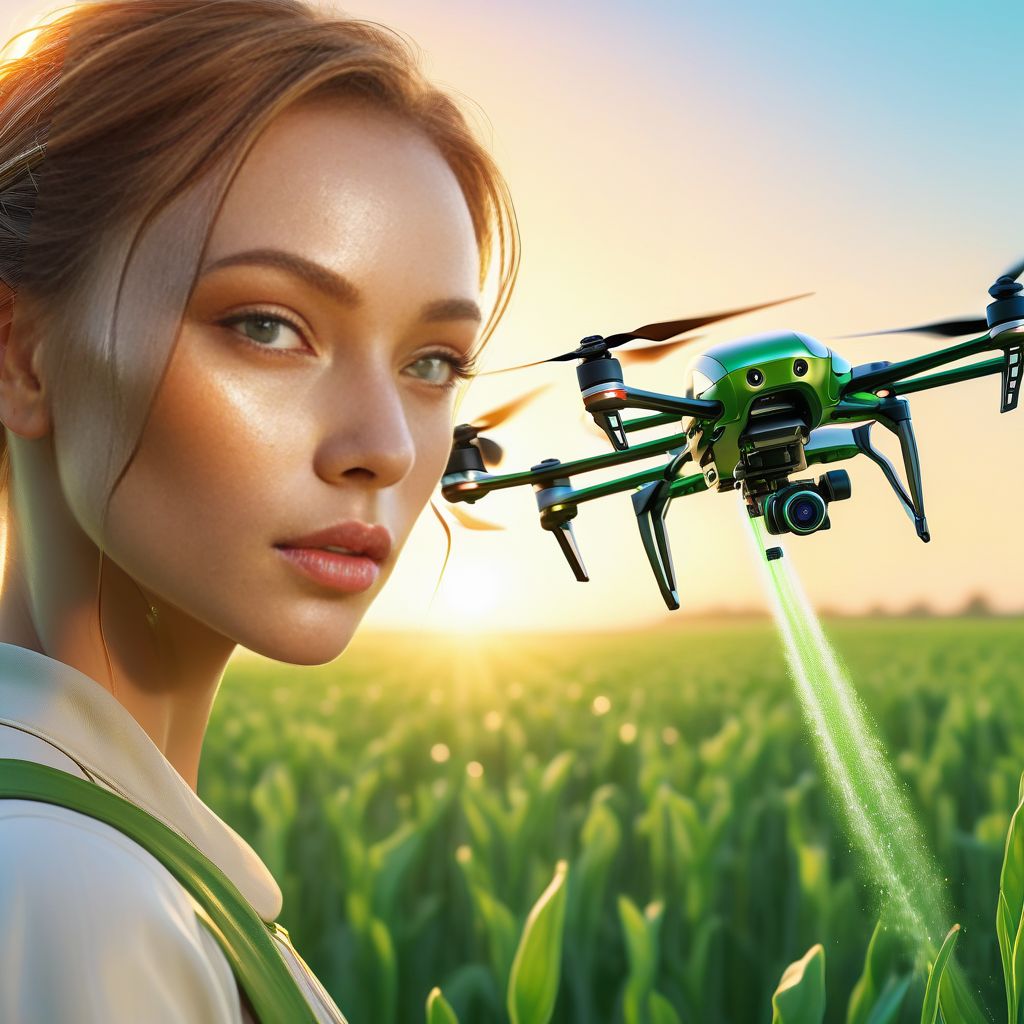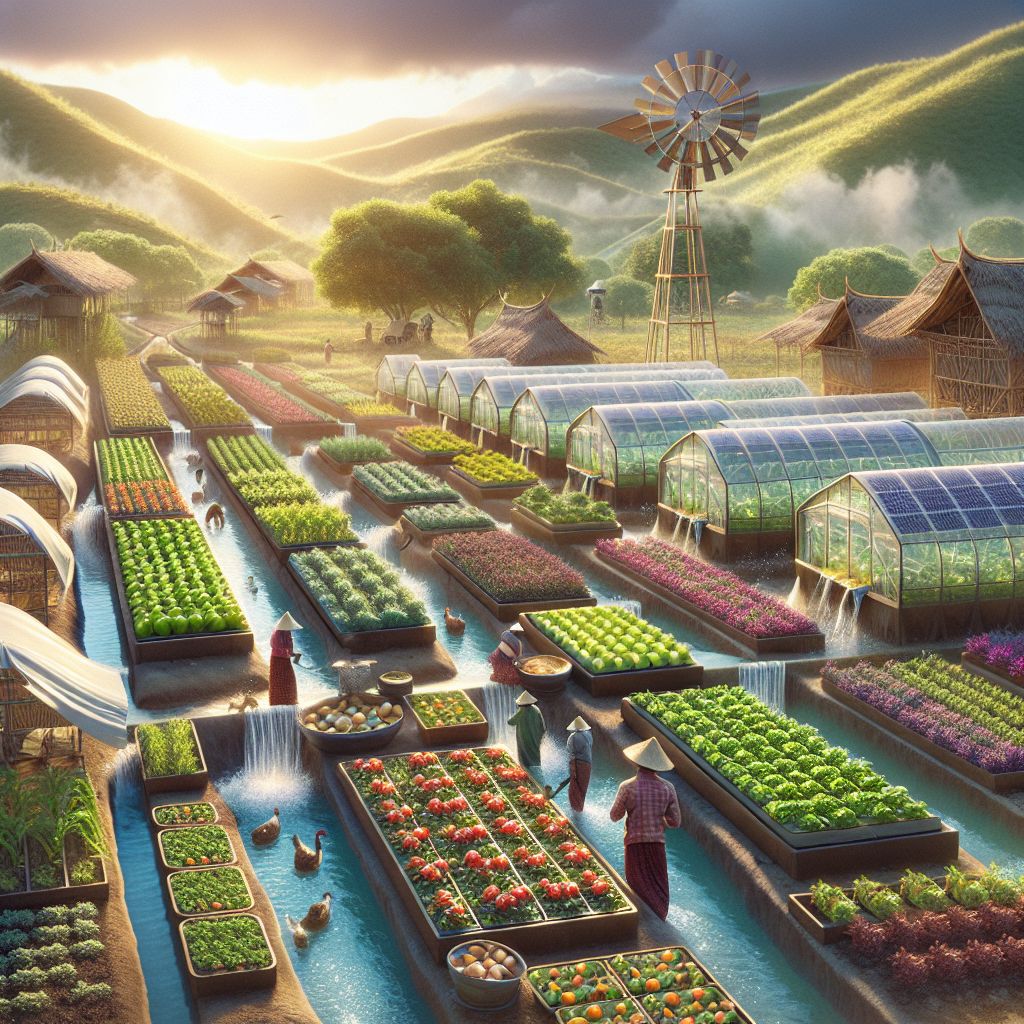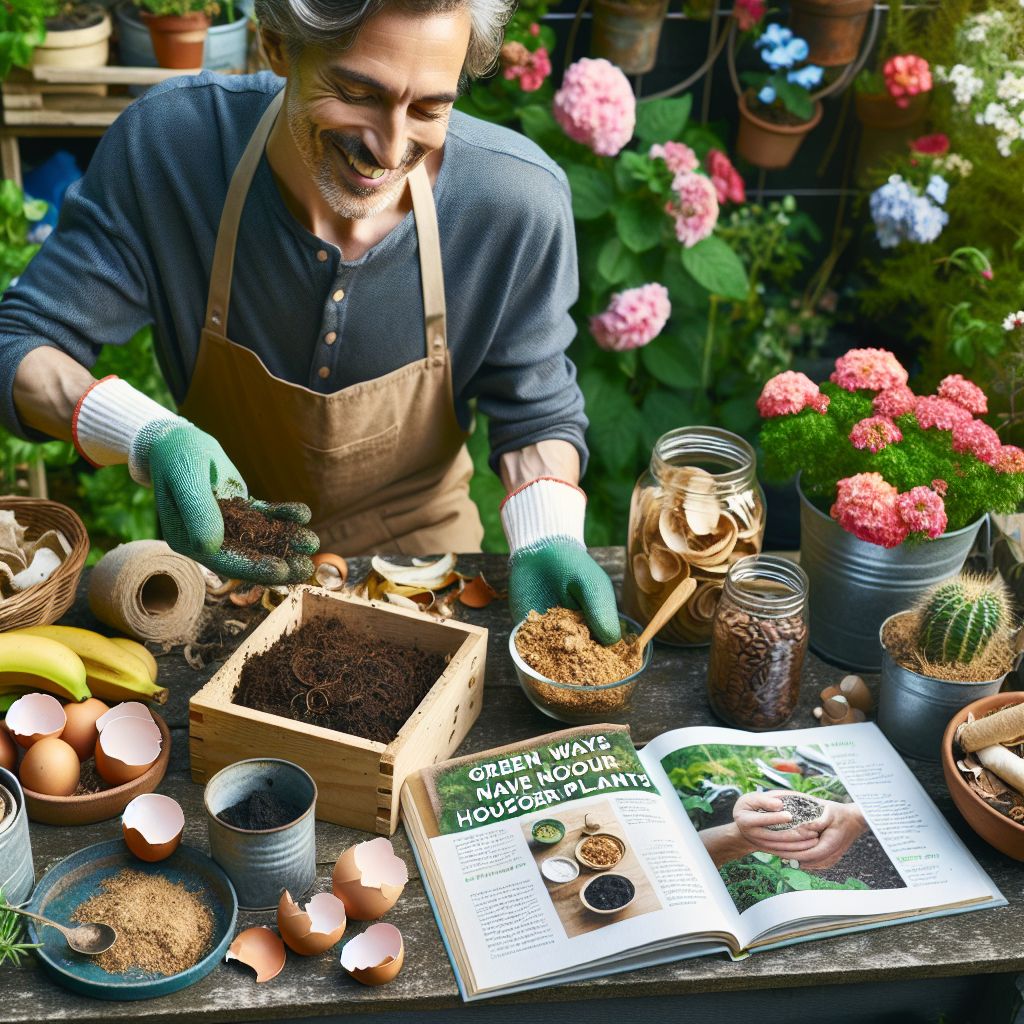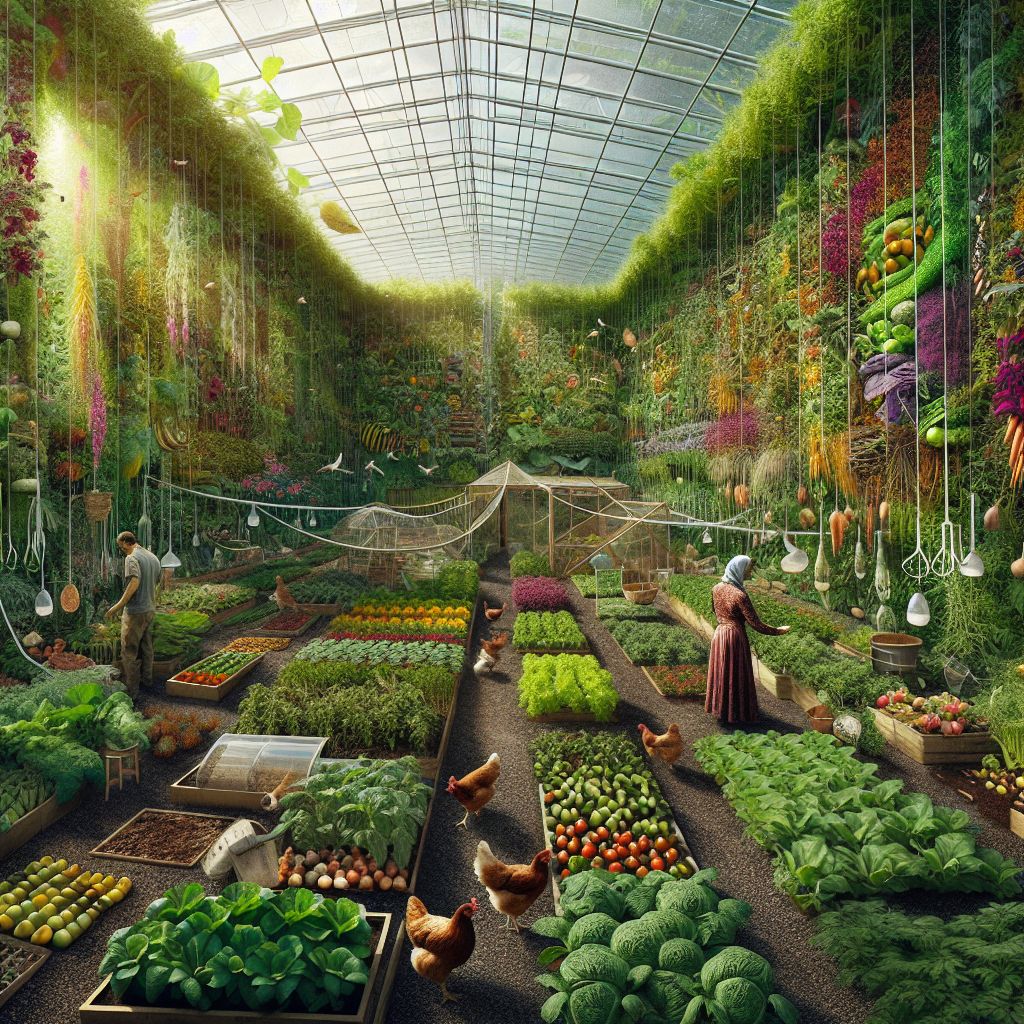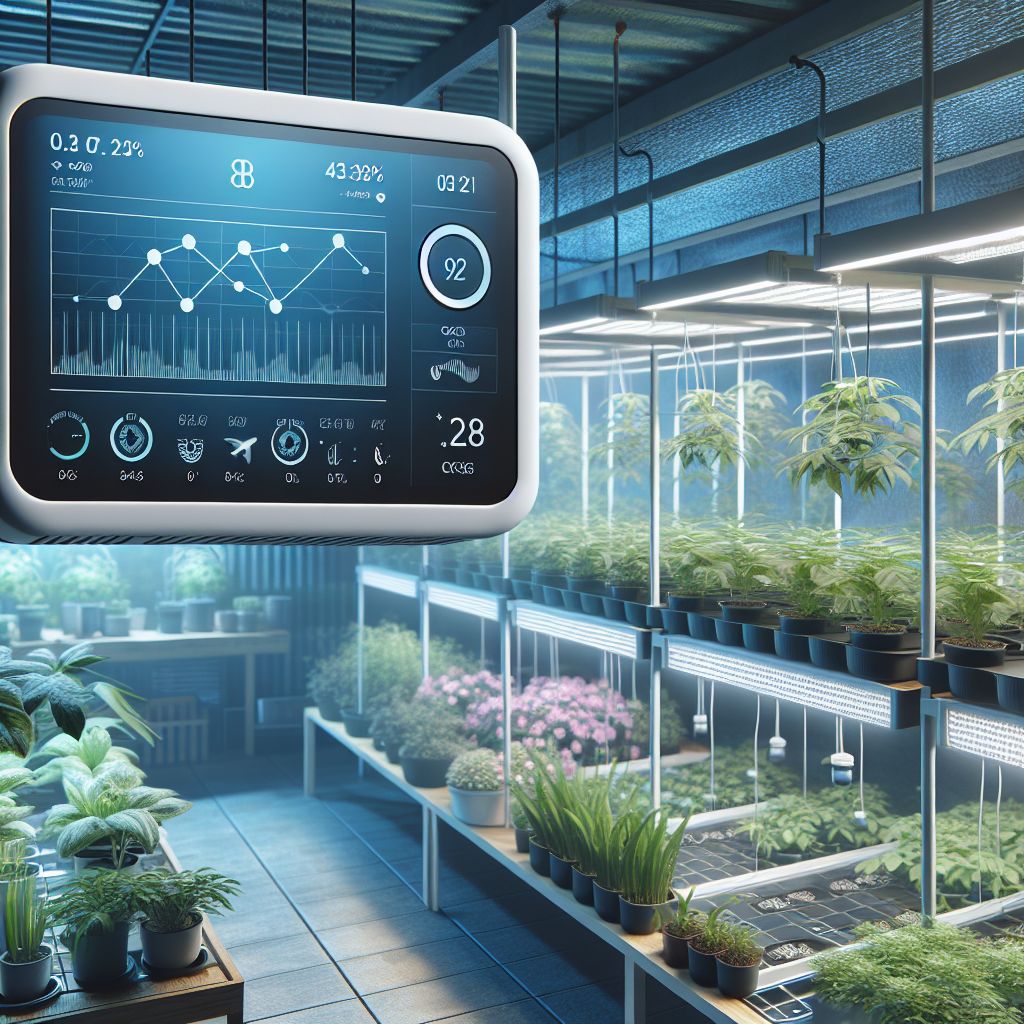Key Takeaways
- IoT-enabled ventilation systems offer precise control over greenhouse conditions, leading to healthier plants and better yields.
- Using sensors and actuators, these systems can automate airflow, adjust to changing weather conditions, and reduce energy costs.
- Setting up a smart greenhouse involves selecting the right sensors, installing actuators, and integrating them with an IoT platform.
- Smart greenhouse ventilation can contribute to sustainability by using resources more efficiently and reducing environmental impact.
- Common challenges like connectivity and maintenance can be addressed with proper planning and troubleshooting strategies.
Bringing Fresh Air to Crops: The Power of IoT in Greenhouse Ventilation
Imagine walking into a greenhouse where the air is always fresh, the temperature is just right, and the plants are thriving. That’s what we’re aiming for with IoT-enabled air movement control. It’s like giving your plants their own personal weather station that constantly tweaks conditions for optimal growth.
What is IoT and How Does It Supercharge Greenhouse Ventilation?
Let’s start with the basics. IoT stands for the Internet of Things, and it’s a game-changer for greenhouses. By connecting sensors and devices to the internet, you can get real-time data on your greenhouse environment and make adjustments on the fly. This means you can control the air flow, temperature, and humidity levels automatically, ensuring your plants get the perfect breeze at the right moment.
The Role of Sensors and Actuators in Smart Greenhouses
Sensors are the eyes and ears of a smart greenhouse. They collect data on everything from temperature to humidity to CO2 levels. Actuators are the hands that do the work, opening vents, turning on fans, and closing shades. Together, they form a dynamic duo that keeps your greenhouse in top shape.
The Building Blocks of a Smart Ventilation System
Selecting the Right Sensors for Optimal Air Flow
When it comes to sensors, you’ve got options. Temperature sensors, humidity sensors, and CO2 sensors are just the start. You’ll want to choose sensors that are accurate, durable, and suitable for the specific conditions in your greenhouse. Here’s the deal:
- Temperature sensors should be able to measure the air and soil temperature to help you manage heating and cooling.
- Humidity sensors will track moisture levels, so you can prevent mold and mildew from spoiling your crops.
- CO2 sensors ensure your plants get enough carbon dioxide for photosynthesis without wasting energy enriching the air more than necessary.

Actuators: The Muscles of IoT Greenhouse Systems
Once you’ve got your data, actuators swing into action. They adjust vents and fans to get the air moving just right. Think of them as the muscles of your greenhouse, strong and responsive. It’s important to choose actuators that can handle the size and design of your greenhouse to avoid any heavy lifting on your part.
Integrating IoT Devices for Seamless Operation
Integration is key. You want all your sensors and actuators talking to each other and to you. That’s where an IoT platform comes in. It’s like the conductor of an orchestra, making sure every instrument is in tune. With the right platform, you can monitor and control your greenhouse from anywhere, anytime.
Enhanced Plant Health and Productivity
One of the most exciting benefits of IoT-enabled ventilation is the positive impact on plant health and productivity. With smart systems, you’re not just guessing when to open a vent or turn on a fan, you’re making informed decisions based on data. This precision leads to plants that are healthier, grow faster, and produce more.
Environmental Impact: A Breath of Fresh Air
But it’s not just about the plants. Smart ventilation systems are also kinder to the environment. By optimizing air flow and reducing the need for heating and cooling, you’re using less energy. That means lower carbon emissions and a smaller environmental footprint for your greenhouse operation.
Step-by-Step: Setting Up Your IoT Smart Greenhouse Ventilation
Ready to get started? Setting up your IoT smart greenhouse ventilation system is a project, but it’s worth it. Here’s what you need to do:
First, you need to understand the layout of your greenhouse. This will help you determine where to place sensors and actuators for the best air flow. Next, select the sensors and actuators that meet your needs. Remember, it’s all about the right tool for the job.
Finally, you’ll need to install your devices and connect them to an IoT platform. This might sound daunting, but with a little patience, you can do it. And once it’s up and running, you’ll wonder how you ever managed without it.
- Understand your greenhouse layout for optimal sensor and actuator placement.
- Choose the right sensors and actuators for your specific needs.
- Install the devices and connect them to an IoT platform.
Designing the Layout for Maximum Air Movement
Design matters. When you’re planning your IoT system, think about how air moves through your greenhouse. You want to create a gentle flow that reaches all your plants without causing a gale-force wind. Place sensors in multiple locations to get a complete picture of the environment, and position actuators to make adjustments as needed.
Here’s a tip: work with the natural air flow of your greenhouse. Open vents on opposite sides to create a cross breeze, and use fans to circulate air in areas where it’s stagnant. The goal is to mimic nature, not fight against it.
Now, about those sensors and actuators. You’ll want to place them where they can do their best work. Sensors should be at plant level, where they can monitor the conditions your crops are actually experiencing. Actuators need to be accessible for maintenance, but out of the way of routine greenhouse operations. To ensure you’re implementing these tools effectively, consider exploring smart greenhouse IoT solutions for optimized agriculture.
- Plan sensor placement for a comprehensive view of environmental conditions.
- Use natural air flow patterns to your advantage for vent and fan placement.
- Position actuators for effectiveness and ease of maintenance.

Installing Sensors and Actuators
Installation is a critical step. Take your time and make sure everything is set up correctly. Sensors should be secure and protected from direct sunlight or water that could skew their readings. Actuators need to be firmly attached and tested to ensure they operate smoothly.
Programming and Monitoring Through the IoT Platform
Example: Imagine you’ve got a temperature sensor that’s picking up heat from the midday sun. The sensor tells the IoT platform it’s too hot, so the platform activates the actuators to open the vents and turn on the fans. The temperature drops, and your plants stay cool and happy. It’s a beautiful thing.
Once everything is in place, it’s time to bring your system to life. Program your IoT platform with the parameters you want to maintain, and let it do the rest. You can monitor everything from your smartphone or computer, making adjustments as needed.
Remember, a smart greenhouse is only as good as the data it collects. Regularly check your sensors and actuators to ensure they’re functioning correctly. A little bit of maintenance goes a long way toward keeping your greenhouse in peak condition.
Sensors Used In a Smart Greenhouse
The heart of any smart greenhouse is its sensors. They provide the data that drives the whole system. But with so many types of sensors out there, which ones do you really need? Let’s break it down.
Three Most Important Sensors Any Greenhouse Enthusiast Should Have
At the core of your sensor network, you should have:
- Temperature sensors: These are crucial for managing the climate inside your greenhouse. They help you avoid extreme temperatures that could harm your plants.
- Humidity sensors: Too much moisture can lead to disease, and too little can stress your plants. Humidity sensors keep the balance just right.
- CO2 sensors: Plants need CO2 for photosynthesis. These sensors help you maintain the ideal level for optimal plant growth.
With these sensors in place, you’re well on your way to a smarter, more efficient greenhouse. Remember, the goal is to create the perfect environment for your plants to thrive, and that starts with getting the right information. Learn more about smart greenhouse technology and its impact on sustainable growth.
Overcoming Challenges: Tips for a Smooth Transition to Smart Ventilation
Transitioning to a smart ventilation system is like learning to ride a bike, it might be tricky at first, but once you get the hang of it, it’s a breeze. Let’s tackle some common hurdles you might face.
Firstly, it’s crucial to have a reliable power source for your IoT devices. Power outages can disrupt your system, so consider backup options like solar panels or generators. Secondly, ensure your greenhouse structure can support the new tech. Heavy sensors and actuators might require additional support or modifications.
Lastly, be prepared for a learning curve. You’ll need to get comfortable with the software that controls your system. Don’t worry, it’s usually user-friendly, and most platforms offer solid customer support.
Example: Jane, a greenhouse owner, experienced frequent disconnects with her IoT system. She upgraded her internet package, added a signal booster, and positioned her router closer to the greenhouse. Connectivity improved dramatically, ensuring her smart ventilation system worked without a hitch.
Addressing Connectivity Issues in Rural Areas
Connectivity can be a challenge, especially in remote locations. But don’t let that discourage you. Advances in technology have brought us several solutions.
First, assess the internet service options in your area. Satellite internet might be your best bet if traditional broadband services are lacking. Then, consider using a mesh network to extend the range of your Wi-Fi signal throughout your greenhouse.
- Investigate all internet service providers in your area for the best connectivity options.
- Consider a mesh network to extend Wi-Fi coverage.
- Look into signal boosters or extenders to strengthen your connection.
Remember, your IoT devices are only as good as your internet connection. Without it, they can’t communicate, and your smart greenhouse can’t function properly.
Lastly, don’t forget about data management. A smart greenhouse generates a lot of data, and you’ll need to store and analyze it effectively. Cloud-based solutions can be a great option, offering scalability and remote access.
Maintaining the System: Troubleshooting Common Problems
Regular maintenance is the key to a smooth-running smart ventilation system. Keep an eye out for firmware updates for your devices, which can fix bugs and improve performance. If a sensor starts giving you strange readings, calibrate it or replace it if necessary.
It’s also a good idea to have a maintenance schedule. Clean your sensors and check the connections regularly. This prevents dust and debris from causing malfunctions. And always have spare parts on hand, like extra sensors and actuators, so you can swap them out without delay if something goes wrong.
Frequently Asked Questions on IoT Air Movement
Got questions? You’re not alone. Here are some of the most common queries about IoT in greenhouses, answered.
Whether you’re a tech-savvy grower or just starting out, understanding the ins and outs of smart greenhouse systems can give you the edge you need to produce the best crops possible.
Can IoT systems in greenhouses function in any climate?
Absolutely! IoT systems are designed to be adaptable. Whether you’re dealing with the dry heat of the desert or the cold snaps of the tundra, smart sensors and actuators can be calibrated to handle extreme conditions. Just make sure to choose equipment rated for your specific climate.
What is the average cost to implement an IoT smart ventilation system?
The cost can vary widely, but you’re looking at an initial investment of a few hundred to several thousand dollars. It usually costs around $100-$300 for basic sensors, $200-$500 for actuators, and $50-$200 per month for a robust IoT platform subscription. Remember, this is a long-term investment that can save you money on labor and resources in the long run.
Also, consider the size of your operation and the level of control you want. A small greenhouse might get by with a simple setup, while a large commercial operation could require a more sophisticated—and costly—system.
How does IoT contribute to sustainability in agriculture?
IoT systems help make agriculture more sustainable by optimizing resource use. Smart sensors can ensure that ventilation, heating, and cooling are used only as needed, reducing energy consumption. Plus, better growing conditions can lead to higher yields with less waste.
Are there any privacy concerns with using IoT in greenhouses?
As with any internet-connected devices, there’s a risk of data breaches. It’s important to use secure passwords, keep your software updated, and consider a VPN or other security measures to protect your greenhouse data.
How user-friendly are IoT systems for people with little tech experience?
Many IoT systems are designed with user-friendliness in mind. Look for platforms with intuitive interfaces and good customer support. Don’t be afraid to ask for a demo or training when you purchase your system. With a bit of practice, you’ll be a pro in no time.
Remember, the goal is to make your life easier, not harder. A well-designed IoT system should feel like a helpful assistant, not an extra complication.

